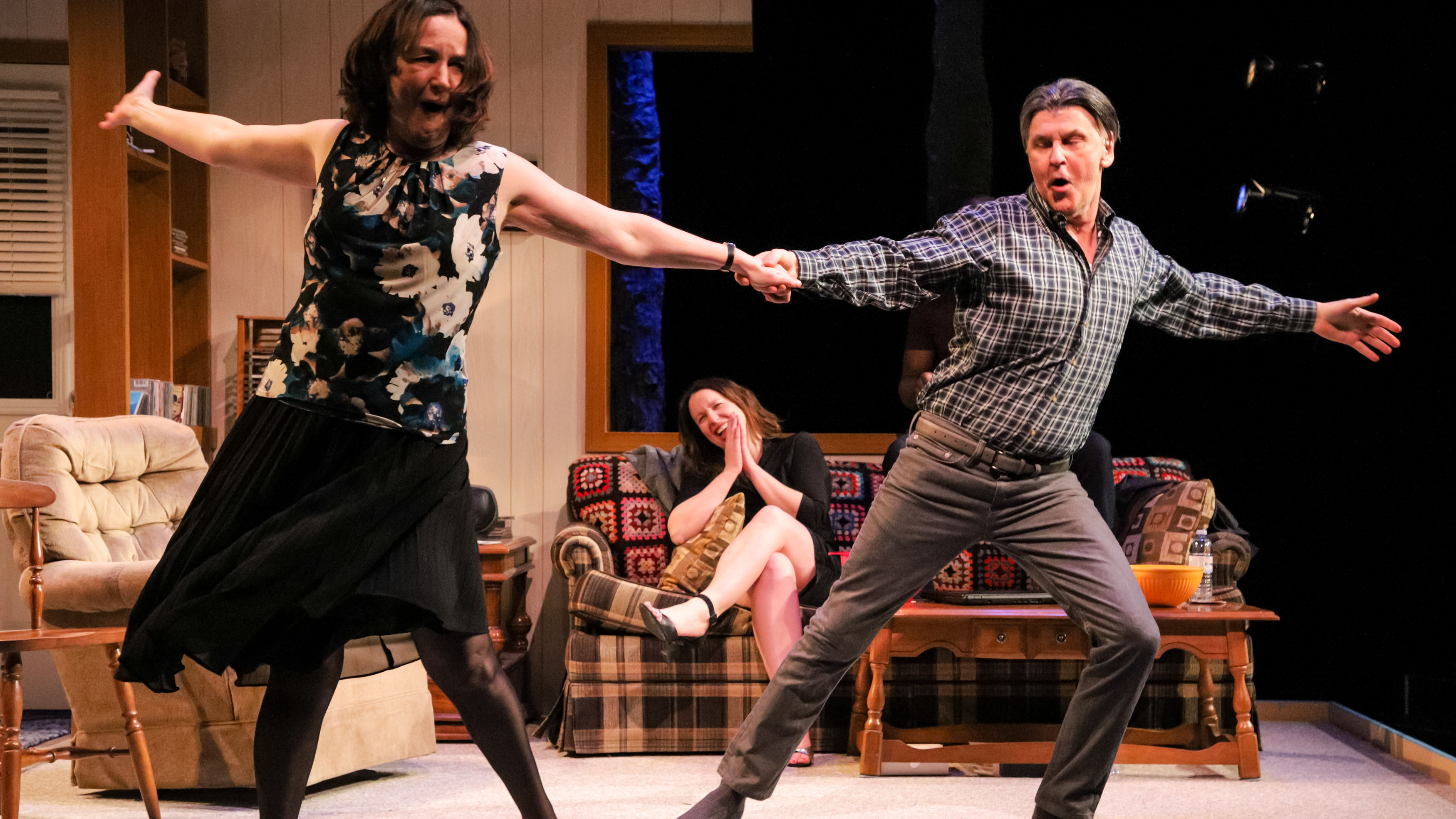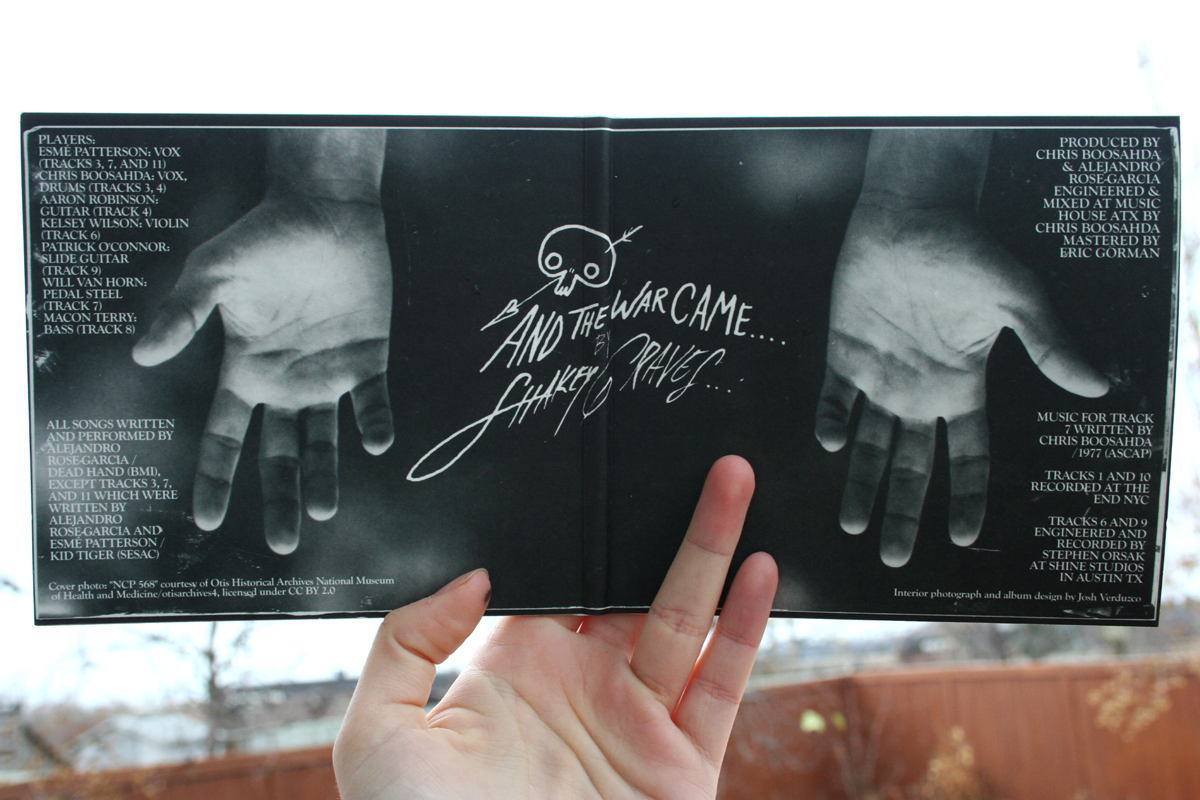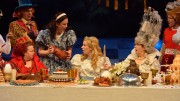Canadian choreographer and dancer Paul-André Fortier’s latest work steps outside the boundaries of dance. Cabane, the latest work by one of Quebec’s best-known dancers, incorporates elements of theatre, performance art and visual art, a result he achieves with help from collaborators Rober Racine and Robert Morin.
Approximately an hour-long, Cabane is performed on, in and around a shack — or cabane — a prop that tours along with Fortier and his collaborators. “This cabane is full of surprise,” said Fortier. “It’s full of objects. The objects that we take out of this cabane are used in a very different way than what you would expect. The music comes from these objects, which is extremely surprising.”
Cabane’s characters are two men, one Fortier, the other Rober Racine. “It’s mainly two men on two tracks,” said Fortier, “but they never really get into a relationship. They do everything they can to annoy each other.” He even described them as “a couple like Laurel and Hardy or Abbot and Costello.”
Fortier’s career in dance began in earnest with Groupe Nouvelle Aire, a choreographic ensemble founded in 1968. Groupe Nouvelle Aire later became one of the most successful dance groups in Canada. “There weren’t that many contemporary dance companies in those days,” explained Fortier. “In Montréal, there was the Groupe de la Place Royal and there was the Groupe Nouvelle Aire.” Nouvelle Aire alumni Édouard Lock, Ginette Laurin, Louise Lecavalier and Daniel Léveillé have all found success in their own right. “In the late ’70s and early ’80s,” Fortier said, “many of the dancers started to choreograph, and many of them have become leading figures in contemporary dance.”
Fortier’s last work, entitled Solo 30×30, took him across the world, from Newcastle to New York to Yamaguchi. According to the website of Fortier’s company, Fortier Danse-Création, Solo 30×30 is a “solo piece [ . . . ] presented outside each day at the same place and at the same time for 30 days.” It was while performing Solo 30×30 that Fortier conceived Cabane. “In France, I happened to dance on the roof of a shack in the middle of a huge parking lot,” he said. “I already had some idea of working with a shack, but when I danced for 30 days on the roof of a shack, I got the confirmation that my idea was right.”
Solo 30×30 verged on performance art, but Fortier has incorporated many more non-dance elements in Cabane. “Cabane is not straightforward dance performance,” he explained. “This is a show that borrows from theatre, that borrows from performance art [and] from installations.” Accordingly, Fortier is collaborating with non-dancers for this project. He has partnered with visual artist, musician and writer Racine and filmmaker Morin, whom he describes as “an icon in the world of video and film in Quebec.”
“I’ve known Robert Racine for quite a number of years,” explained Fortier, “because he’s always been close to the dance world.” Though he had no training, Racine was convinced to dance in Cabane. “I said, ‘Would you accept to dance, although you’re not a dancer?’ and he said, ‘Yes,’” said Fortier. Morin created images to be shown, as Fortier said, are “just to punctuate the show.” Fortier says he draws inspiration as from working with artists such as Morin and Racine. “I find it very challenging,” he said, “to work with people for whom I have very strong admiration.”
Cabane will be performed Feb. 4-6 at the Rachel Browne Theatre on Bannatyne Avenue.




